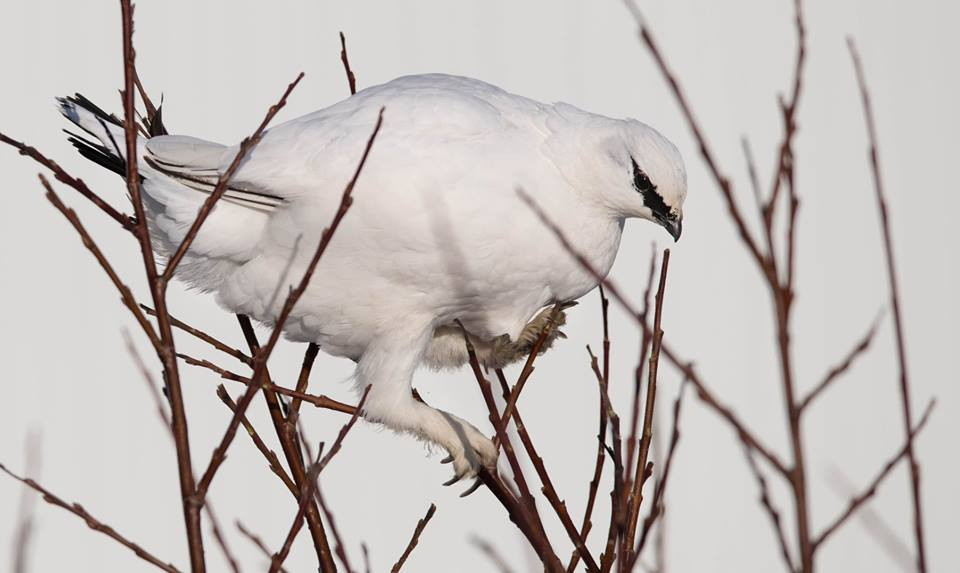Ptarmigan
Name origin
Scientifically the Ptarmigan is called Lagopus muta.
lagopous is Ancient Greek consisting of lagos (= hare) and pous (= foot), translating into hérafótur (ís) or hare foot (en) or Hasenfuβ (de). mutus is Latino and means orðlaus (ís) or silent (en) or sprachlos (de). The scholarly name could therefore be 'þögli með hérafótum' (ís) or 'silent hare foot' (en) or 'stiller Hasenfuβ' (de).
Other names of the Ptarmigan in Icelandic are, for example, fjallarjúpa, háfjallarjúpa, heiðarrjúpa og snærjúpa, funnily translated by google translate into mountaineering, mountainous, deep and deep.
To continue the translation with google, then the note 'Á meðal rjúpnaskytta er stundum notað hvítlóa. Karlfuglinn kallast karri, á vorin er oft talað um ropkarra þegar heyrist hvað hæst í honum.' is understood as 'White-tailed leopards are sometimes used among pumas. The male bird is called a curry, in the spring it is often spoken of as a hawk when it is heard loudest in it. The female bird is called a hen.'*
The English name Ptarmigan finds unknown origin in the Scottish Gaelic name tàrmachan. The p was added due to a former belief in a Greek origin that the word was related to the word pterón, 'wing'.
In Japan, the Ptarmigan is known as raichō 雷鳥, 'thunder bird'.
* which I would actually understand as something like 'Among Ptarmigan hunters the name white plover is sometimes used. Male birds are called cock (karri). In the spring they are often referred to as ropkarri (due to their distinct territorial sound of belching). Female birds are called hen.'
